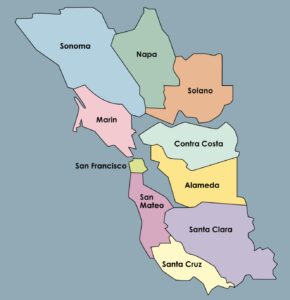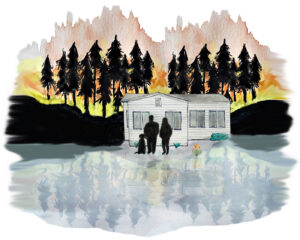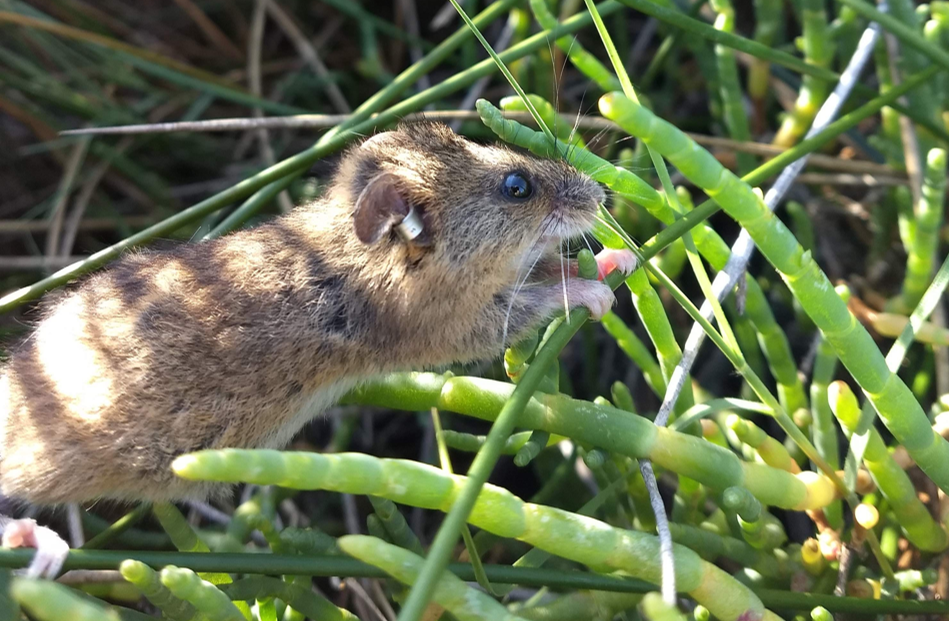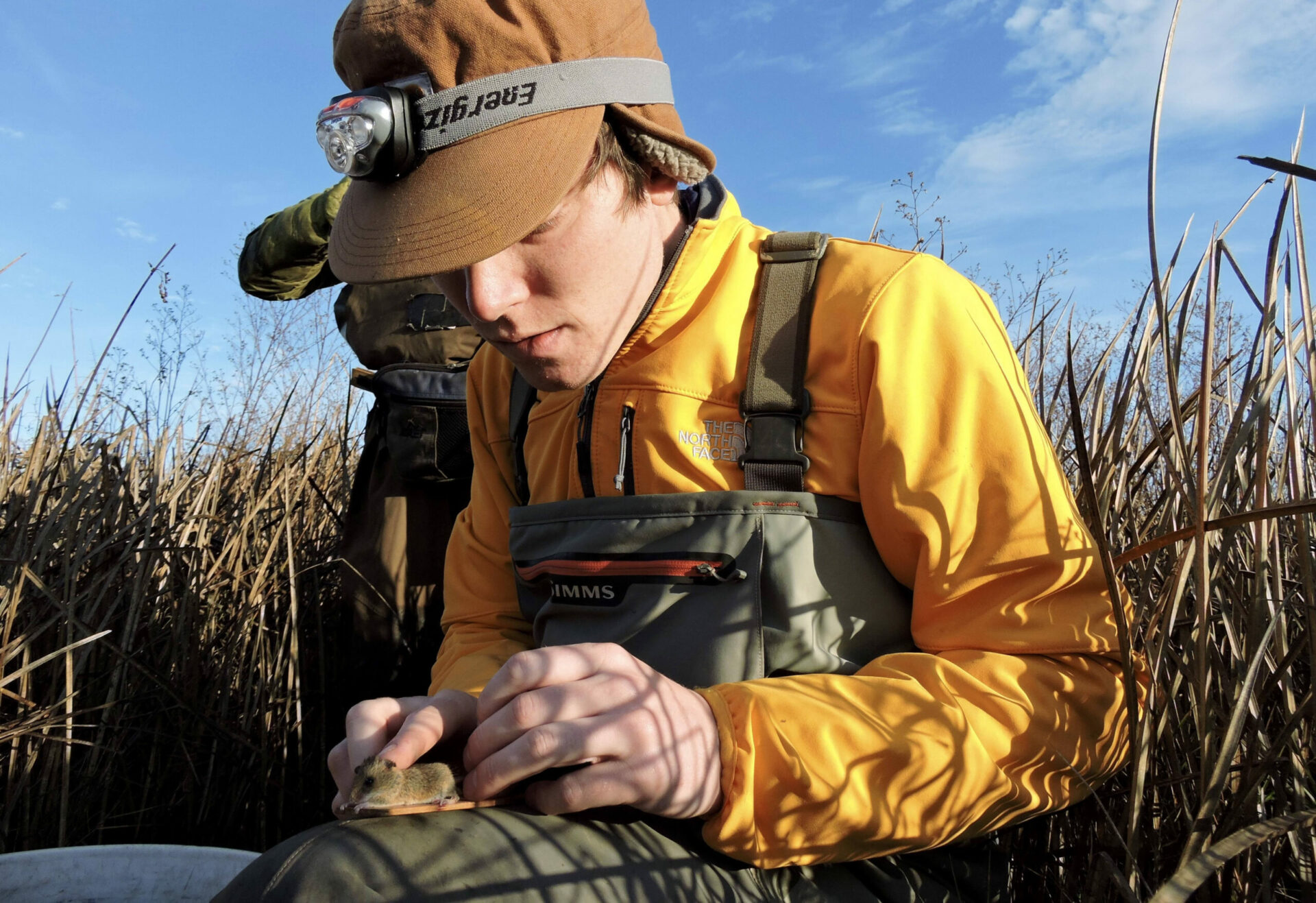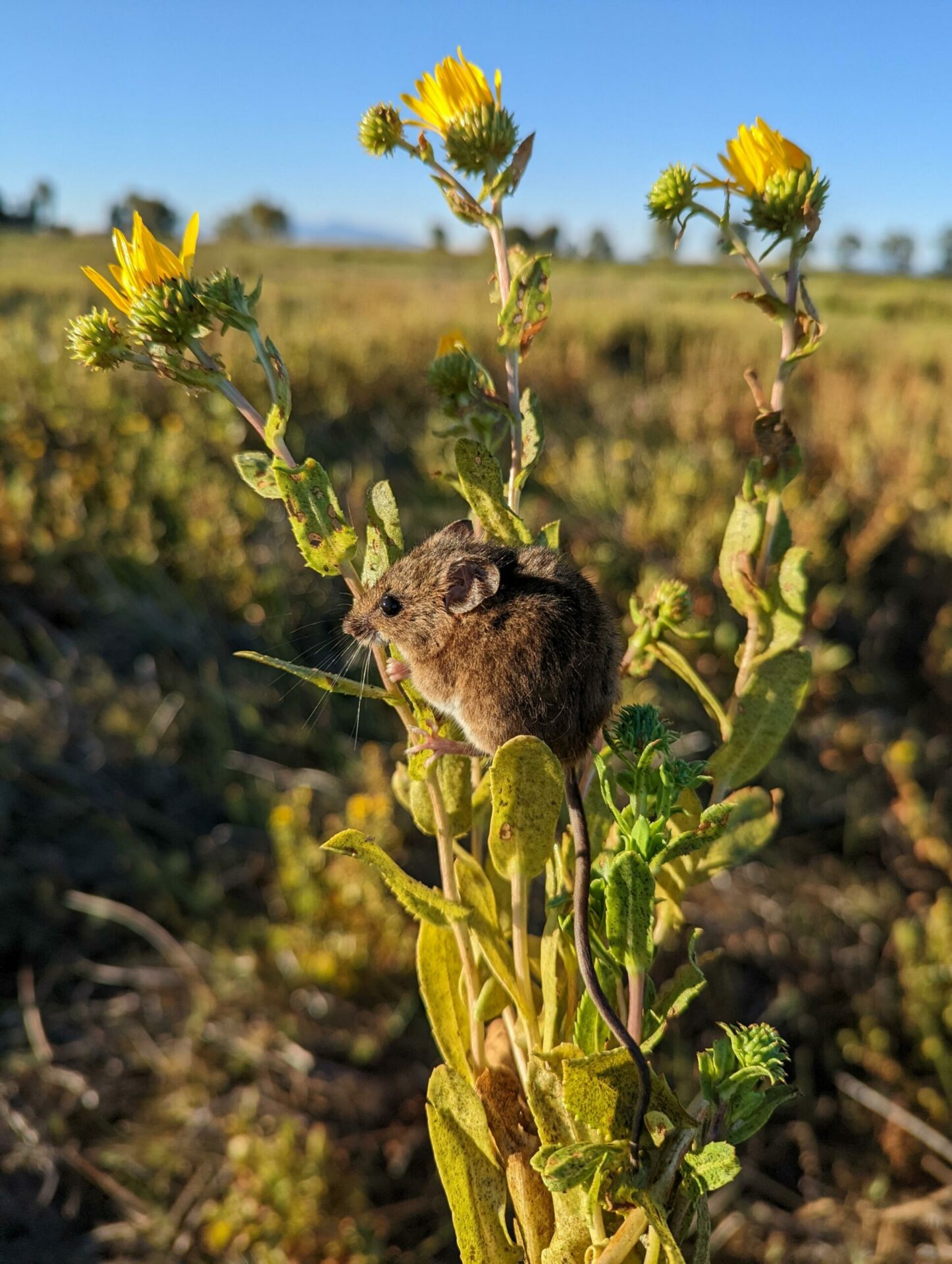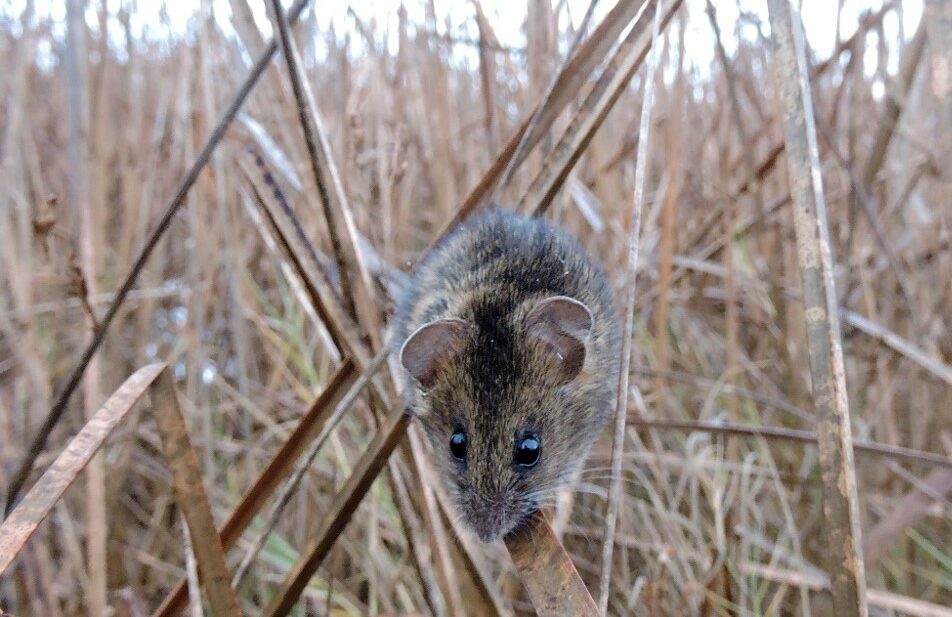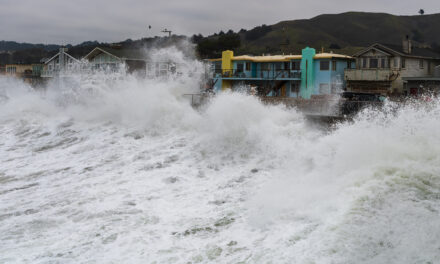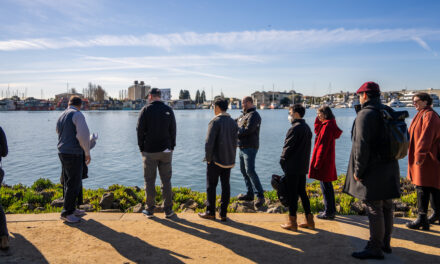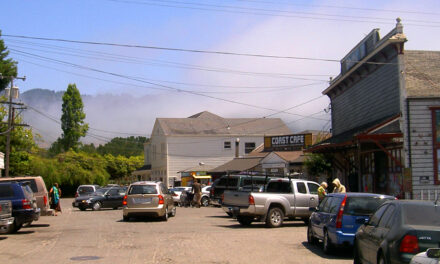Marsh Mice Come in Two Flavors
Endangered salt marsh harvest mouse climbing pickleweed. Photo: Cody Alyward
In the genes of a federally endangered mouse found only in the wetlands of the San Francisco Estuary, scientists have uncovered evidence of the waterway’s ancient expansions and contractions. Populations of the salt marsh harvest mouse have boomed and shrunk in synchrony with the reach of San Francisco Estuary’s tides, according to new research published in the journal Conservation Genetics.
The study, led by Cody Aylward and Mark Statham of the Mammalian Ecology and Conservation Unit at UC Davis, was spurred by a need to better characterize distinct populations within the species.
Researcher Cody Aylward in the field. Photo: UC Davis
For more than a century, scientists have asserted that the salt marsh harvest mouse (Reithrodontomys raviventris) comes in two flavors. Mice from the North Bay tend to have longer tails and pale belly fur, while those from the South Bay have shorter tails and reddish tummies.
“If we ever had to consider restocking or bolstering numbers of animals in any of these marshes, we would prefer to be able to take animals that are within the same subspecies,” Statham says.
The geographic dividing line between the two subspecies, however, was as muddy as the mouse’s environs. Mice from San Rafael, Corte Madera, Richmond, and Oakland wetlands resembled the southern subspecies, but some lived adjacent to populations with northern characteristics. This puzzled scientists.
“The Golden Gate seems like it would be this intuitive barrier to gene flow from the north and south. It didn’t make sense that populations north [of the Golden Gate] would belong to the southern subspecies,” says lead author Aylward, now with the World Wildlife Fund.
Seeking answers, the scientists analyzed whole mitochondrial genomes from 102 mice from across the range of the species. Most had been captured within the past 15 years. But for several Central Bay populations that are now extinct — those from Oakland and Marin — the scientists filled the gaps with museum specimens collected between 1930 and 1959.
Other Recent Posts
Learning the Art of Burning to Prevent Wildfire
In Santa Rosa’s Pepperwood Preserve, volunteers are learning how controlled fires can clear out natural wildfire fuel before it can spark.
Martinez Residents Want More Than Apologies — They Want Protection
After a 2022 release of toxic dust and a February 2025 fire, people in the northeast Bay town are tired of waiting for safety improvements.
Weaving Fire Protection Out Of What’s Already There
A new Greenbelt Alliance report shows how existing vineyards, grasslands, and managed forests can slow wildfire and save vulnerable homes.
Fall Plantings Build Pollinator Habitats in Concord
Community groups, climate advocates and a church are coming together to plant pollinator gardens as monarchs, bees see population declines.
Newark Needs Housing, But Could Shoreline Serve A Higher Purpose?
The Bay Area needs more affordable housing, but would 196-homes or a buffer against sea level serve local needs better in the years ahead?
Who Will Inherit the Estuary? Training for a Rough Future
The six-month program teaches students aged 17 -24 about the challenges facing communities around the SF Estuary, from Stockton to East Palo Alto.
Split Verdict Over State of the Estuary
Habitat restoration and pollution regulations are holding the Bay steady, but the Delta is losing some of its ecological diversity, says SF Estuary Partnership scorecard.
Volunteers Catch and Release Tiny Owls For Science
In Santa Rosa, citizen scientists capture northern saw-whet owls to help further research on climate impacts to the bird.
Antioch Desalination Plant Could Boost Local Water Supply
The $120 million plant opened this fall and treats 8 million gallons of brackish water a day, 75% of which is drinkable.
How Cities Can Make AI Infrastructure Green
Data centers fueling AI can suck up massive amounts of energy, water and land, but local policies can mitigate the impact.
“What we found genetically is that north of the Golden Gate is the northern subspecies and south of the Golden Gate is the southern subspecies,” Aylward says — a finding which goes against current scientific understanding.
The data also enabled the researchers to track shifts in mouse demographics. “You can look backwards in time and see when the population was growing and when it was declining,” Aylward says.
The timing of those population shifts correlated beautifully with changes in the extent of the San Francisco Estuary, the researchers report. At the peak of the ice ages, the shoreline was west of today’s Farallon Islands. San Francisco Bay didn’t exist back then, and tidal marsh acreage was much smaller. Once the glaciers began to melt some 10,000 years ago, seawater began pouring through the Golden Gate to form the modern estuary. The marshes grew by leaps and bounds, enabling the mouse population to skyrocket apace.
The continued rise in water levels helps explain why some Central Bay mice look so different from their northern subspecies relatives. Mice in Marin and Corte Madera were likely cut off from adjacent populations as marshes were submerged and walled off by steep headlands.
Mouse climbing Grindelia. Photo: Cody Alyward
Mouse climbing Grindelia. Photo: Cody Alyward
The demographic data also revealed that the genetic diversity of “salties” (as they are fondly called by insiders) took a nosedive within the past few hundred years. This coincides with the 150-year period of diking, draining, and development that has decimated all but 10% of the San Francisco Estuary’s original tidal marshes.
“Our analysis confirmed that a lot of that genetic diversity loss is probably on us,” Statham says. “We [see] signs of how sea level rise has affected the evolutionary history of this species from way back all the way through to within our lifetime.”
For the mice of the urbanized central San Francisco Bay, climate change poses an existential threat. Roads and buildings now wall off marshes that can no longer relocate to higher ground. But the saga of the salties is far from over, Aylward says.
“As sea level rises, and less snowmelt comes out of the Sierra, the salinity gradient could move [upstream] into the Delta,” with tidal marsh not far behind. “That would be a natural opportunity for the mice to repeat their ancient pattern of expansion.”
More
- Surveying Salties to Save Them, Estuary News, October 2022
- Not so Picky Marsh Mouse, Estuary News, December 2019

